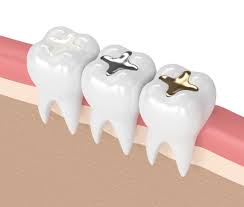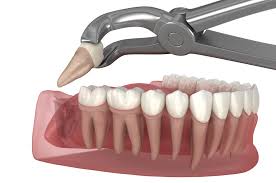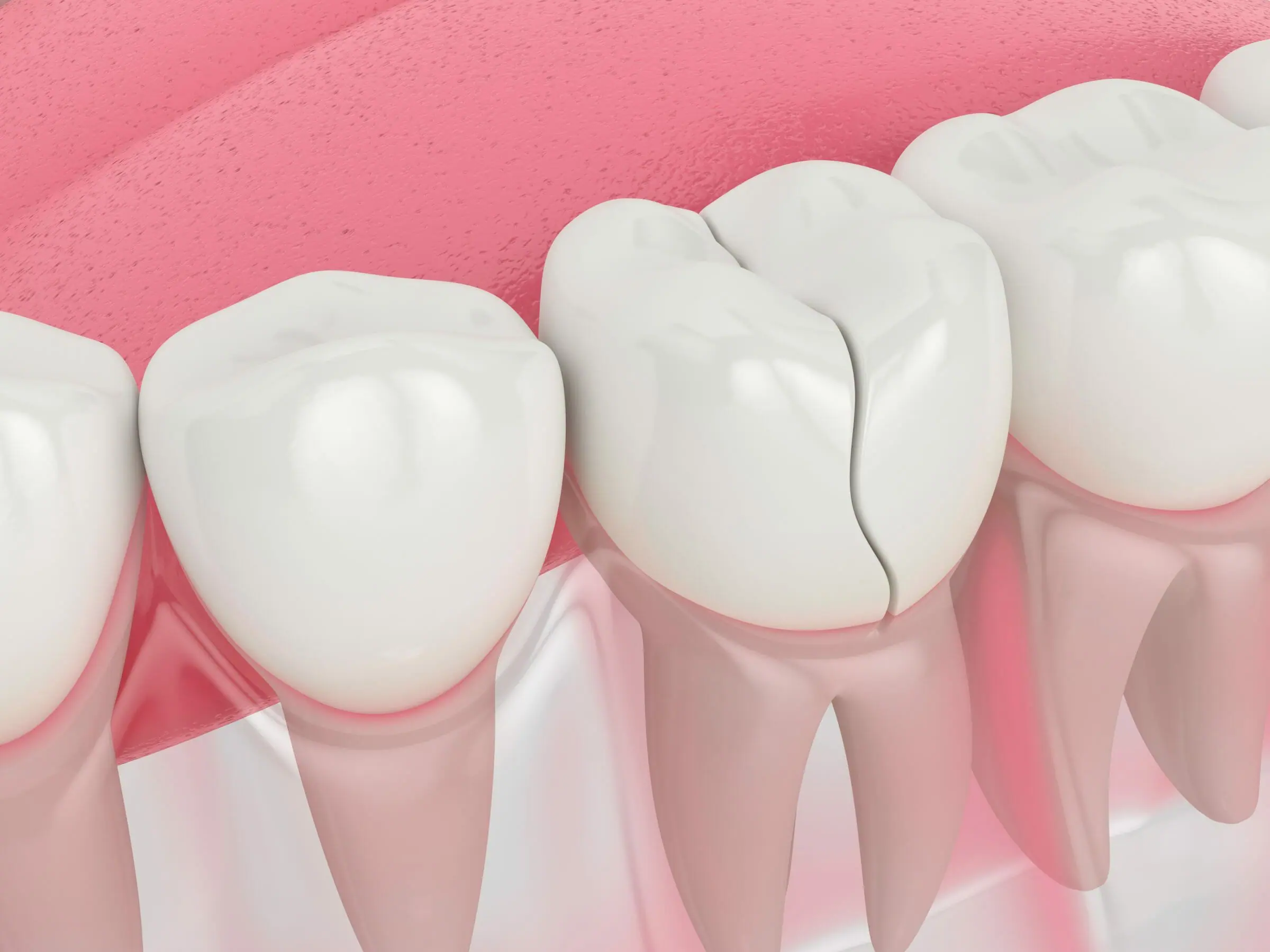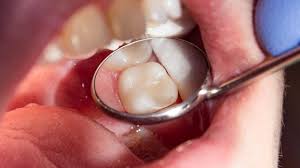Imagine your tooth as a castle, a stronghold that has withstood years of chewing and biting, much like a fortress enduring storms and sieges. Over time, however, a breach appears—a cavity, an unwelcome enemy that weakens the walls of your once-strong castle. The tooth filling procedure is like a skilled team of architects and builders who rush in to repair the damage, patching up the hole with precision and care.
Yet, even after the repair, the castle does not immediately return to its former glory. Just as freshly built walls need time to settle, a filled tooth sometimes experiences sensitivity and pain, like the lingering echoes of battle.
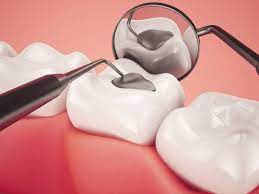
Why Does Tooth Pain Occur After Filling?
The human mouth is an intricate battlefield where temperature, pressure, and bacteria constantly clash. After a filling, the repaired tooth may react to this dynamic environment much like a newly reinforced bridge trembling under heavy traffic for the first time. The pain can stem from multiple causes, akin to different war wounds:
- Sensitivity to Temperature: Much like touching an open wound, the filled tooth may initially be sensitive to hot and cold foods. The nerve endings in the tooth react defensively, sending signals of pain as if alarm bells were ringing in a fortress under attack.
- Pressure Sensitivity: The filling, though a perfect patch, may need time to adjust to the natural bite. Imagine walking in a new pair of shoes—at first, they feel foreign, even painful, until your feet get accustomed to them.
- Improper Filling Placement: If the filling is too high, it can create an imbalance, much like an uneven floor making walking difficult. This minor misalignment can lead to discomfort every time the upper and lower teeth come together.
- Deep Cavities: Sometimes, cavities reach dangerously close to the nerve, much like an enemy breaching the very core of the fortress. Even after being filled, the nerve remains vulnerable, leading to persistent pain.
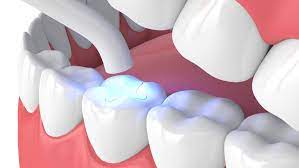
How to Soothe the Post-Filling Pain?
The pain after a tooth filling is not an eternal curse—it is a temporary phase, much like the soreness after a battle. Here are ways to calm the unrest within your mouth:
- Flossing: Trapped food particles act like tiny invaders between teeth, increasing discomfort. Using dental floss is akin to clearing debris from a battlefield, ensuring no remnants are left behind to cause further harm.
- Rinsing with Water: After flossing, rinsing the mouth with clean water is like washing away the dust after a storm, ensuring a fresh and clean environment.
- Avoiding Pressure on the Tooth: If the pain persists, avoiding chewing on the affected side is like giving an injured soldier time to heal before returning to duty.
- Covering Exposed Parts: If gaps remain between the teeth, they need to be covered and protected, much like sealing cracks in castle walls to prevent future attacks.
- Seeking Professional Help: When pain refuses to subside, visiting a dental healthcare center is essential. A dentist is like an experienced general who assesses the battlefield, identifying weak points and reinforcing them with the best medical strategies.
Tooth filling, though a necessary treatment, sometimes comes with temporary discomfort. Just as a fortified castle requires time to regain its former strength, a filled tooth needs patience and care to adjust. Understanding the causes and remedies of post-filling pain ensures that you can navigate this period smoothly. Remember, every fortress stands strong not because it was never damaged, but because it was repaired wisely and protected diligently.

